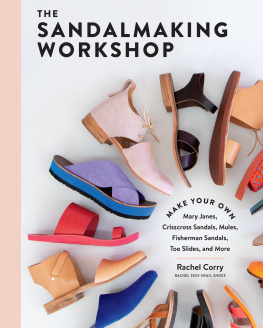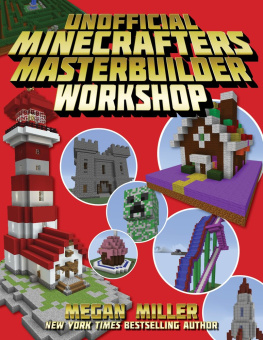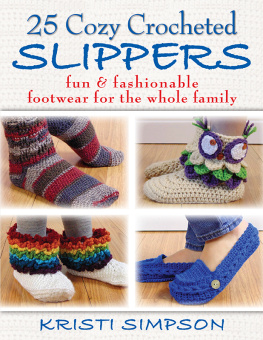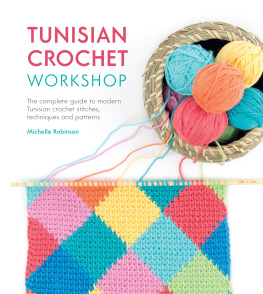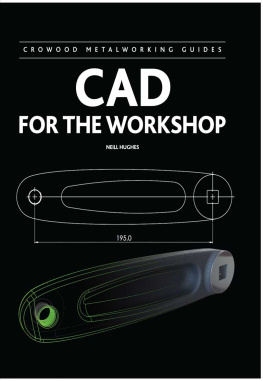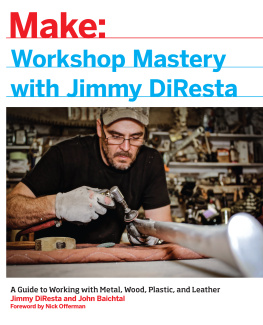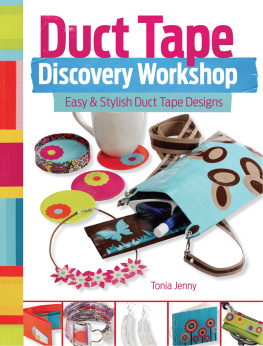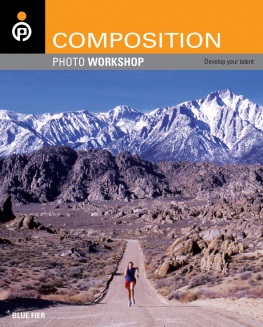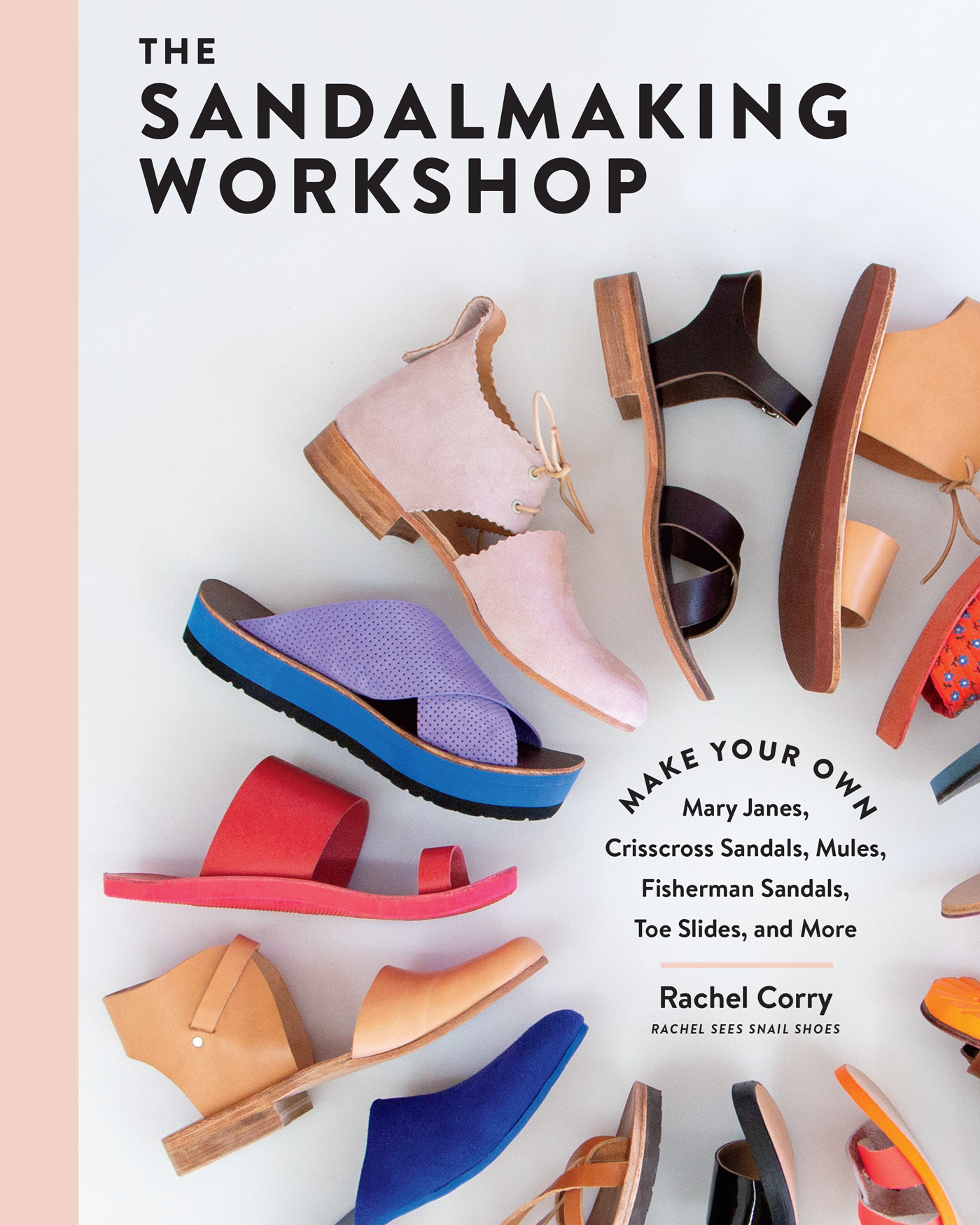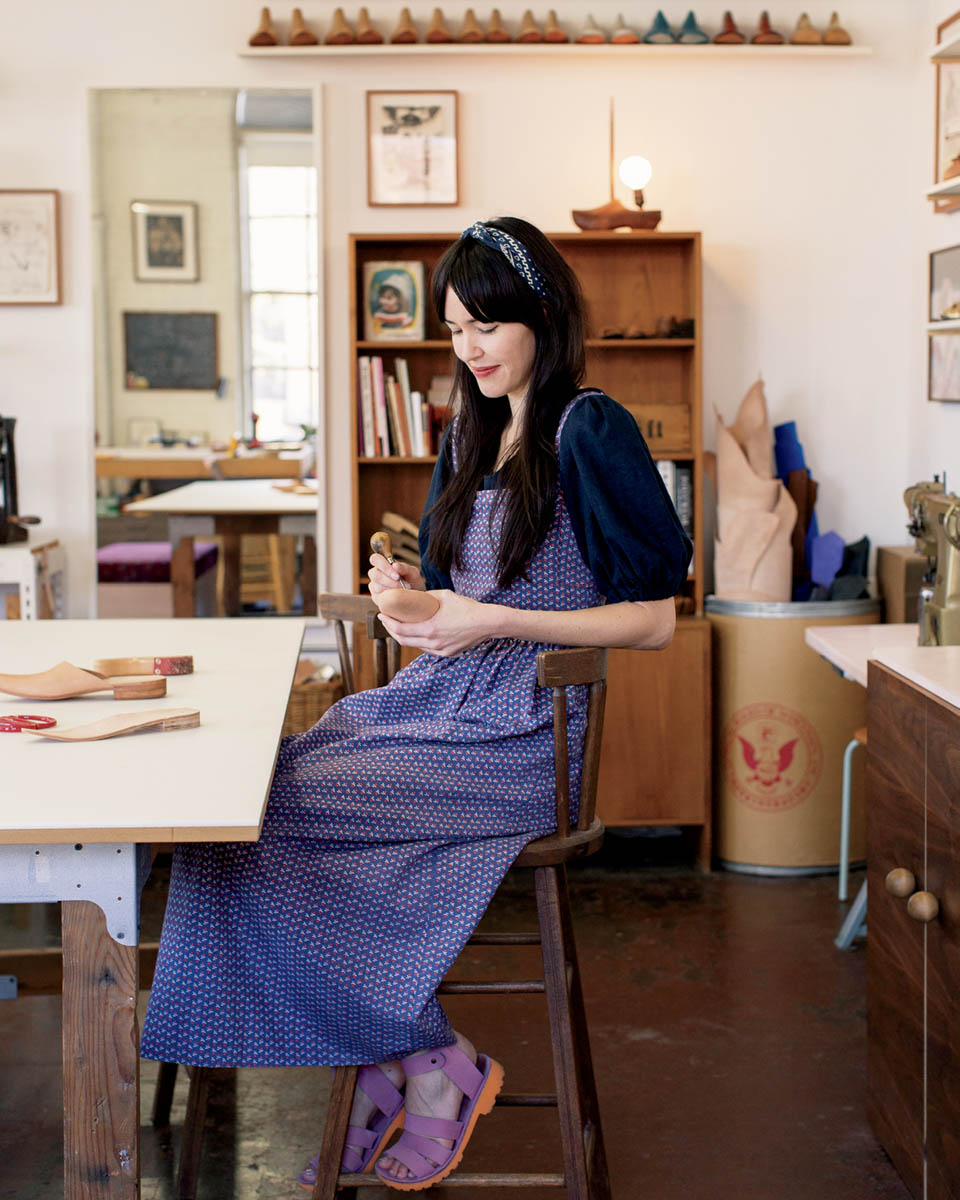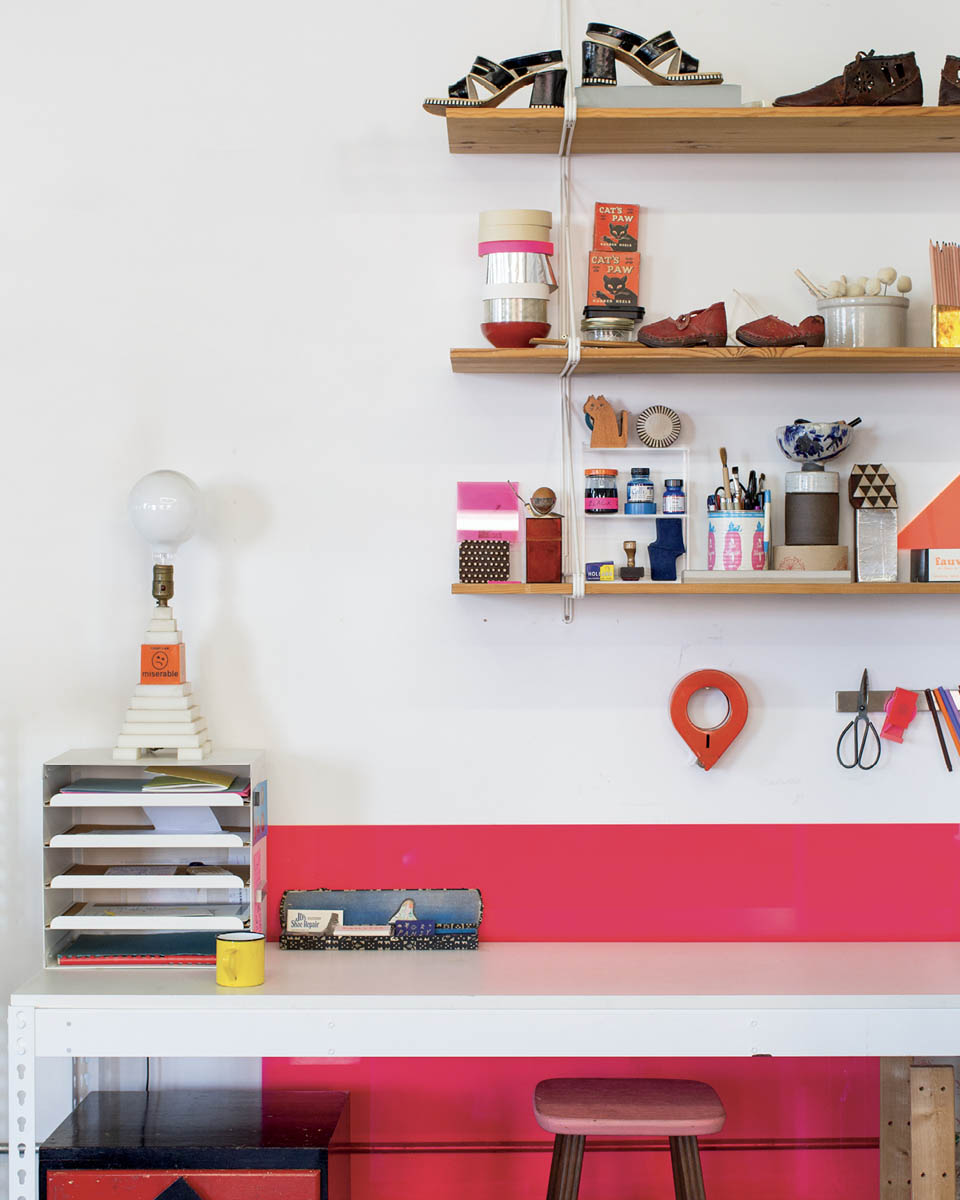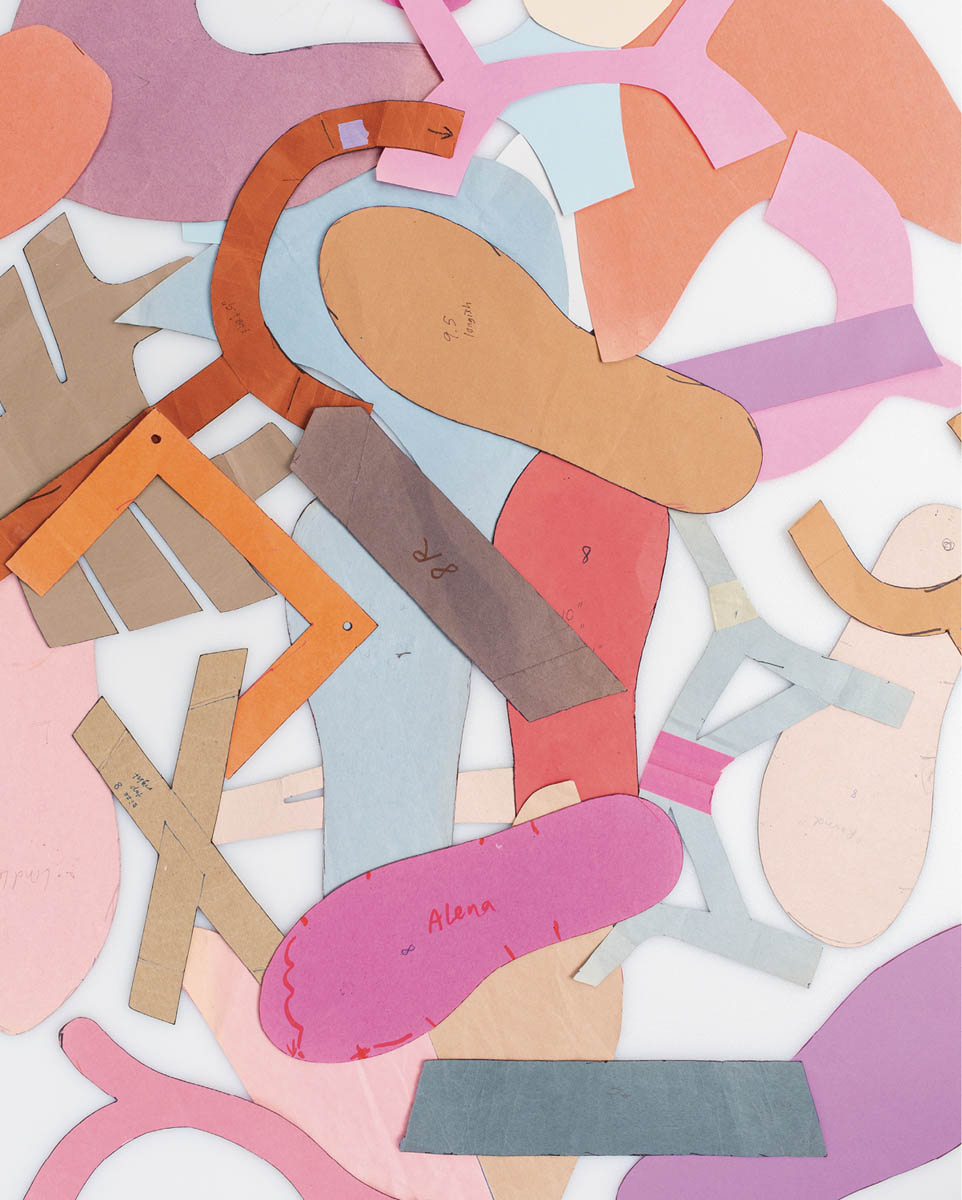The mission of Storey Publishing is to serve our customers by publishing practical information that encourages personal independence in harmony with the environment.
Edited by Carleen Madigan and Michal Lumsden
Art direction and book design by Michaela Jebb
Indexed by Nancy D. Wood
Cover and interior photography by Lauren Martin
Additional photography by Rachel Corry,
Illustrations by Rachel Corry
Patterns by Ilona Sherratt Storey Publishing, based on sketches by the author
Text 2021 by Rachel Corry
Ebook production by Slavica A. Walzl
Ebook version 1.0
April 13, 2021
All rights reserved. No part of this book may be reproduced without written permission from the publisher, except by a reviewer who may quote brief passages or reproduce illustrations in a review with appropriate credits; nor may any part of this book be reproduced, stored in a retrieval system, or transmitted in any form or by any means electronic, mechanical, photocopying, recording, or other without written permission from the publisher.
The information in this book is true and complete to the best of our knowledge. All recommendations are made without guarantee on the part of the author or Storey Publishing. The author and publisher disclaim any liability in connection with the use of this information.
Storey books are available at special discounts when purchased in bulk for premiums and sales promotions as well as for fund-raising or educational use. Special editions or book excerpts can also be created to specification. For details, please call 800-827-8673, or send an email to .
Storey Publishing
210 MASS MoCA Way
North Adams, MA 01247
storey.com
Library of Congress Cataloging-in-Publication Data
Names: Corry, Rachel, author.
Title: The sandalmaking workshop : make your own Mary Janes, crisscross sandals, mules, fisherman sandals, toe slides, and more / Rachel Corry.
Description: North Adams, MA : Storey Publishing, 2021. | Includes index.
Identifiers: LCCN 2020045311 (print) | LCCN 2020045312 (ebook) | ISBN 9781635862355 (hardcover) | ISBN 9781635862362 (ebook)
Subjects: LCSH: SandalsDesign and construction. | FootwearDesign and construction.
Classification: LCC TT678.5 .C67 2021 (print) | LCC TT678.5 (ebook) | DDC 685/.3103dc23
LC record available at https://lccn.loc.gov/2020045311
LC ebook record available at https://lccn.loc.gov/2020045312
Thanks to Jeremy Atkinson, the clogmaker, for giving me my first glimpse into the life of a shoemaker. His dedication to his craft and openness in sharing his knowledge set an example I hope to follow.
Contents
Introduction to Sandalmaking
I came to sandalmaking by accident. In 2009, a small fire in my apartment in San Francisco burned all the shoes and clothes in my closet. As I was sorting through what remained, I noticed that a pair of recently custom-made sandals had fallen apart in layers, revealing their internal structure. The construction of the sandal was suddenly made clear to me. Because I couldnt afford to replace all of the shoes I had lost, I set out to remake some of my favorite sandals myself.

The first pair I made were strappy leather sandals similar to the . The finished pair ended up being comfortable and quite beautiful. They aged in that brilliant way that natural leather does becoming dark and soft with time and use. I was hooked. The feeling of making and wearing my own shoes was one of real pride. At the time, I worked at a bakery and would show my new creations to friends and customers. The enthusiastic responses usually fell into one of two camps: either people wanted me to make them a pair or they wanted to make their own.
Soon enough, friends asked me to teach a workshop at their store. I was concerned that it might be too much work for the average newcomer but decided to give it a try because my friends were so excited. I encouraged the participants to design whatever they wanted and I was delighted (and relieved) to see everyone succeed in making unique, wearable sandals. It was such a gratifying experience that Ive continued to teach ever since. The interest in these workshops is strong: people of all ages and professions have a strong desire to make their own shoes. Im lucky to have the opportunity to travel to new places and share my passion and skills with new groups every month. Although flying with heavy shoe anvils can be challenging!
I came up with my brand name, Rachel Sees Snail Shoes, in part because Ive had a lifelong affinity for snails. Also, I knew snails to be the mascot of the slow food movement, and my ethos at the time I started my business was to slow down and do things myself to create special objects with intention. This sentiment has only strengthened with time; Im as interested as ever in the benefits and challenges of slow fashion.
When I tell older people that I make sandals for a living, they often report that they made their own sandals once, too. It seems the craft was alive and well in decades past as both a hobby and a way to earn a living. But when manufacturing largely left the United States in the 1980s, the small-scale shoemaking industry was greatly weakened. As someone growing up in the years since, I had always seen shoes, often made in China or Italy, as mysterious objects. The methods of production were inscrutable to me, and the thought of making my own shoes seemed almost impossible.
When I finally set out to learn sandalmaking, resources were scarce. It felt as though shoemaking (at least in the United States) was an endangered art form. I am relieved to report that this is no longer the case: the internet has helped me connect with all sorts of innovative shoemakers. The craft may have gone dormant for a time, but it is being rediscovered by new makers every day. I am eager to see what this generation makes of such an old-world craft.
I Love Sandalmaking for So Many Reasons
1. Its easy enough for beginners. Using only a few simple tools, a person can make a comfortable pair of sandals in the course of a day. A knowledge of sewing isnt necessary, and neither is physical strength. Yet sandalmaking presents plenty of creative challenges for even the most ambitious makers. Im still dreaming up sandals I want to make, and Ive been doing this for 10 years!
2. Feet are unique. When you make your own shoes, you can customize according to your foot shape, heel height, and favorite colors. This is especially helpful for those dealing with hard-to-fit foot sizes, orthopedic issues, high insteps, and the like. Making your own shoes can satisfy the desire to be both original and comfortable.

